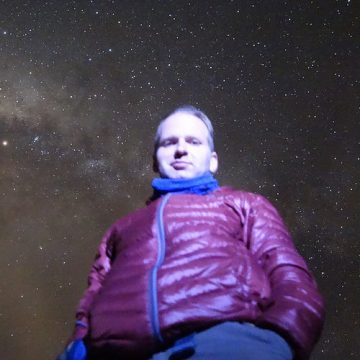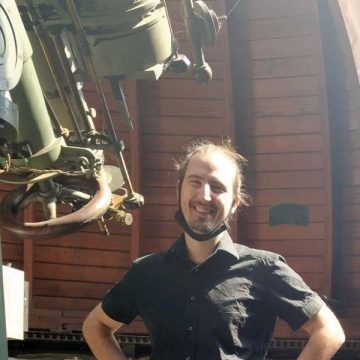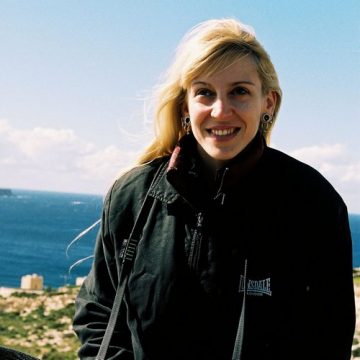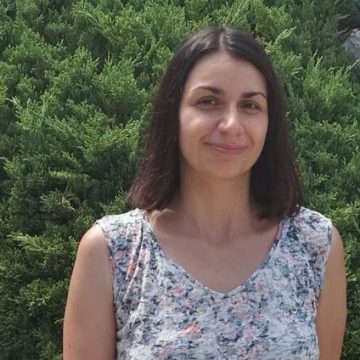Team
PRINCIPAL INVESTIGATOR
Marko Stalevski
Associate Research Professor
PhD 2012 (University of Belgrade, Serbia and Ghent University, Belgium)
TEAM MEMBER
Đorđe Savić
Assistant Research Professor
PhD 2019 (University of Belgrade, Serbia)
Đorđe’s main expertise is spectropolarimetry of active galactic nuclei. For his PhD thesis, he employed numerical simulations of radiation transfer to investigate a novel method for determining masses of supermassive black holes. In the BOWIE project, his main task is modeling polarimetric maps of AGN in the Circinus galaxy. After the first year of the project he moved to University of Liege to study gravitationally lensed quasars.
TEAM MEMBER
Majda Smole
Assistant Research Professor
PhD 2017 (University of Belgrade, Serbia)
Majda has vast experience in both analytical and numerical scientific modeling with hundreds of high resolution numerical simulations performed using GalactICs, GADGET-2 and Enzo codes. She has been analyzing the results from large cosmological simulations (Millennium, Millennium II and Illustris) and developing a model for early growth of supermassive black holes including gravitational recoil. Her role in the BOWIE project is to investigate a number of methods of image analysis and reconstruction. Free climbing enthusiast.
TEAM MEMBER
Slađana Knežević (née Nikolić)
Assistant Research Professor
PhD 2014 (Max Planck Institute for Astronomy, Heidelberg, Germany)
Slađana’s research is focused on understanding the origin of cosmic rays using high-spatial resolution spectro-photometric imaging to accurately trace and isolate shock fronts around supernova remnants. She has been using integral-field spectrographs, Fabry-Perot interferometers and long-slit spectrographs on the world leading telescopes such as Very Large Telescope, William Herschel Telescope, Gran Telescope Canaria and Palomar 200-inch telescope. Her expertise is in the reduction, analysis and interpretation of observational data. Slađana joined BOWIE team in the second year of the project. She will analyze optical observations of the Circinus galaxy.



